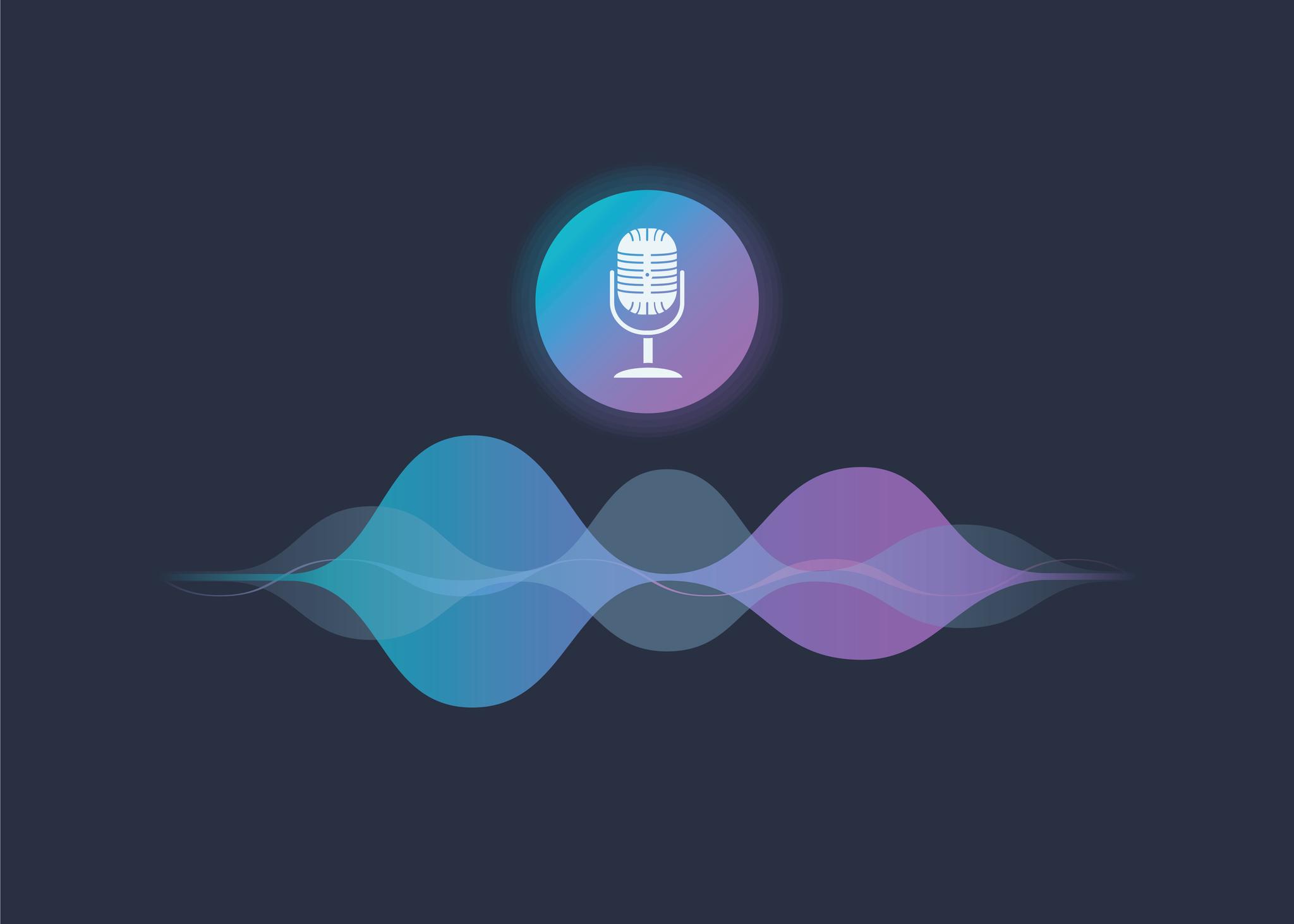Voice Assistants – Can they help businesses?
I’m sure by now everyone has heard of, used, or knows about voice assistants on the market today. What began with Amazon Echo, turned into Google Home, Amazon Alexa, Microsoft Cortana, Siri, and many more. These voice computing systems aim to provide simplicity and immediacy in one’s everyday life. By using a simple wake up command such as “Hey Google”, users can ask these assistants to play music, read the news, and change the temperature in their homes. While many of these assistants are created for consumers, many major companies are developing platforms which businesses can utilize in offices and boardrooms.
How do they Work?
These convenient personal assistant-like devices use a branch of artificial intelligence called natural language processing. NPL helps computers understand, interpret and respond to human language with a goal of closing the gap between human communication and computer understanding. This speech-to-text application uses a series of underlying tasks such as content categorization, contextual extraction, and behaviour analysis in order to interpret human language. These tasks allow the assistant to identify the user’s intention, mood, and context. The text-to-intent function interprets exactly what the user said to what they actually meant using thousands of algorithms to study relevant information to the phrase. Gone are the days of talking like an animated robot to computers, natural language processing is here! Finally, the assistant uses a text-to-action function to fulfill the user’s specific need. This entire process can take place in just a few seconds, meeting increasing demand trend of immediacy in today’s world.
Voice Assistants in Business
It is no question that these mini assistants are helpful in our everyday lives, but they are primarily created for consumers.With evidence that these devices provide us with efficiency, it must be certain that they can be implemented in business situations in order to improve efficiency in the workplace as well. Stated earlier, many major companies that have developed voice assistants for the consumer market are developing them for business platforms as well.

Main uses for these devices in business situations appear in meetings and offices. For instance, a voice assistant implemented in boardrooms can take notes, freeing up hands of those who feel tied to a keyboard. As time progresses, these devices could be programmed in a way that allows them to interject thoughts and ideas when meetings are taking place. In addition, they can take the place of a traditional assistant to answer employee’s questions about the office (inventory levels, location of employee’s offices etc.), and schedule meetings by simply saying “schedule a meeting with Sharon today”. This idea of a Smart Office would be a positive impact on the business environment with regards to efficiency, productivity, and communication.
Issues with Voice Assistants
While these devices appear to positively impact our lives in carrying out everyday tasks, there are a few issues that arise which are exceptionally relevant in business situations. There an obvious issue of voice recognition despite the application of natural language processing. Of course, not everything is perfect including NPL and human speech. Sentences must be clear, direct and properly structured in order to be recognizable. As not all humans have perfect speech, this can be difficult to achieve. In addition, if these devices were to be placed in business meetings they would have to be programmed in a way that allows them to encode regular conversation in order to be effective.
Despite these few issues, voice assistants are improving many everyday tasks by providing efficiency, simplicity, and immediacy. In today’s fast-paced world, these qualities are necessary to have especially in business situations in order to keep a competitive advantage. A great component of these devices is that they require no training, and nearly everyone can use them. Thus, these devices are extremely user-friendly, functional and convenient.
